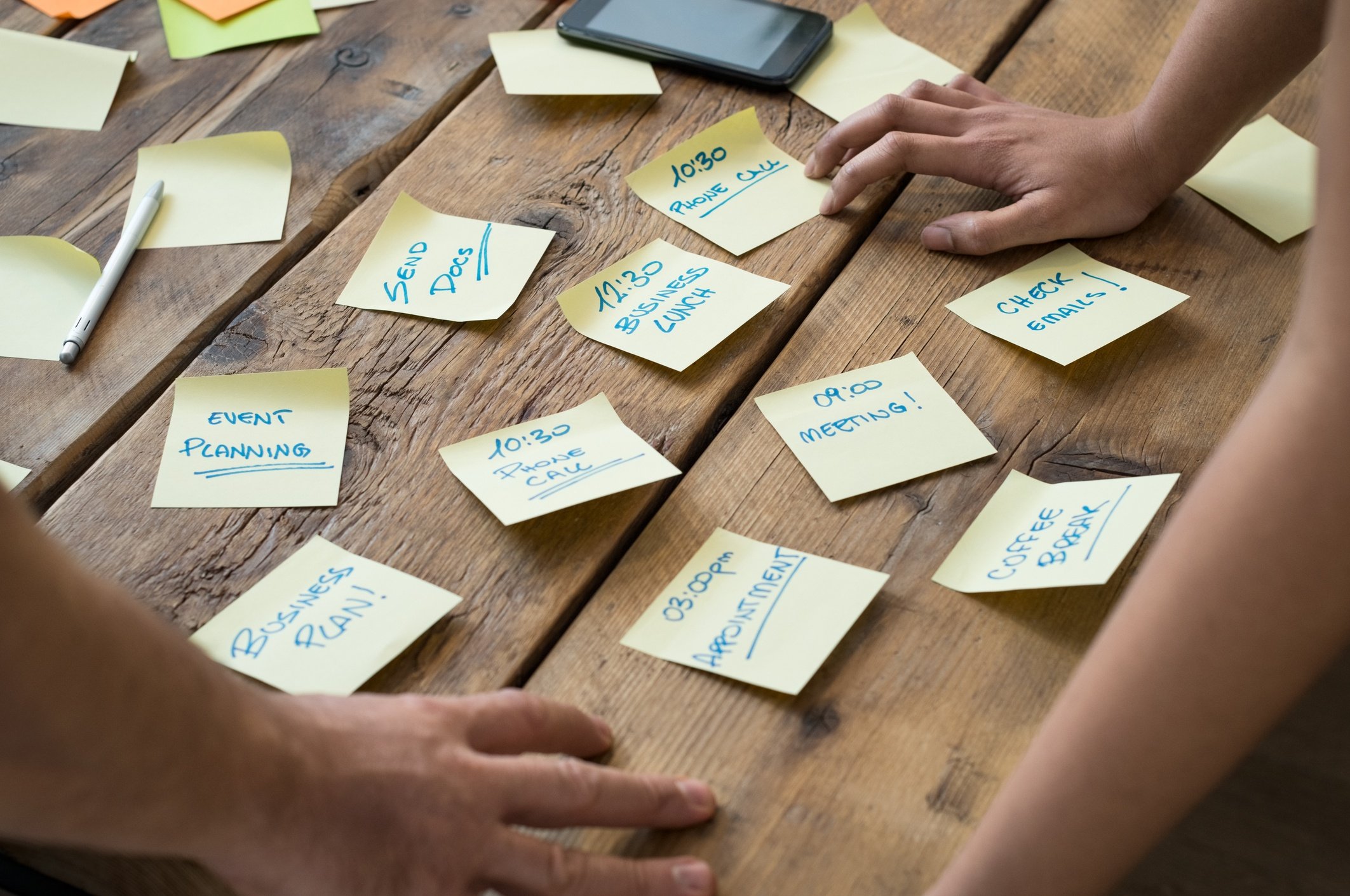Productivity is important to all of us. It’s something we all set as a goal but it often remains elusive. Could it be that we aren’t thinking about it in the right way? If we think of productivity as an ideal but abstract goal, it remains fuzzy and difficult to attain.
In order to get more productive, we need a specific strategy. This entails a simple and straightforward approach that lets us get more done as efficiently as possible. The real secret is keeping it simple and using a few basic principles. Yes, keeping it simple is the ultimate productivity tip for 2017.

The Right Way to Make a List
The idea of creating a “to do” list is hardly an original productivity tip. In fact, it’s probably the oldest and most obvious strategy of all. It’s as important as ever to make a list. What really matters, though, is how you do it.
First of all, make your list in a way that it’s easily accessible to you. The exact way to do this really depends on your preferences and habits. Writing a list the old-fashioned way, in a notebook or on a random piece of paper, is fine—as long as you keep it somewhere that you’ll see it. For others, it’s better to place it on your computer desktop or on a list on your smartphone. There’s also nothing wrong with putting it in multiple places.
Once you’ve decided on the format, the main question is what to put on it. What’s most crucial is to start with the most challenging task of the day. Ernest Hemingway used this strategy and it works just as well today. Stick to this idea for the rest of your list, making it in order of importance. What really matters, though, is how you start, as this sets the tone for the entire day. There are both practical and psychological reasons for this, which we’ll explore later.
While this seems like it’s easy to do, it’s trickier that it first appears. There will always be other things that appear more urgent that the #1 item on your list. Don’t let these distract you. Remember, now means now. Not after you read your email, check Facebook, or browse the latest news stories. Starting each day in this manner sets the entire day off with high energy. Even if you get nothing else accomplished, you’ll at least know that you did the most important thing.
One thing you’ve probably noticed is that you’re consistently distracted by unexpected events. Everyday interruptions such as phone calls, emails, meetings, or minor family emergencies are often enough to disrupt your schedule. The further you get into your day, the more likely you’ll be interrupted. That’s another reason it’s crucial to start with the most important task.
You’ve probably heard this before. But the real question is, are you doing it? Most of us don’t. See what happens when you actually make your list this way and follow through on it. Now let’s look at why this is such an effective strategy.
How Willpower Really Works
As you probably realize, this very simple technique requires quite a bit of willpower. Intending to tackle the day’s most important task first and actually doing it are two different things. Most people don’t understand how willpower works. If you catch yourself saying something like, “I just don’t have much willpower,” you are making a common mistake. Willpower isn’t something you either have or don’t have. It’s a quality you develop, with plenty of practice.
Willpower is like a muscle. As you use it, it gets stronger. However, there’s another crucial way that it’s like a muscle. Just as when you exercise for too long, your body gets fatigued. The same is true with willpower. As you keep exercising your willpower “muscle,” you start to experience something called decision fatigue. Your brain gets tired from all the decisions and you slow down or get confused, distracted, or just plain tired.
The best way to overcome decision fatigue is to arrange your life so that you aren’t constantly making decisions. This doesn’t mean falling into indecision. Just the opposite. It means circumventing the need to constantly decide. You do this by making commitments rather than decisions and following through on them consistently. The simple tip to start the day with the biggest challenge is an example of this. Do this every day and there’s no need to decide how to start the day. Follow this principle with all areas of your life, such as exercising, eating well, building your business, or whatever is important to you.
What you really want to do is build habits so you don’t constantly need to decide what to do. Once something is a habit, it’s something you do without thinking twice about it. You no longer need willpower then. This is one of the best ways to improve your productivity.
Are You Proactive or Reactive?
The late bestselling author Stephen Covey first identified the distinction between proactive and reactive behavior. Most people are reactive; they respond unthinkingly to circumstances and other people. Proactive people, on the other hand, act deliberately and on purpose. This makes all the difference to your productivity.
When you’re constantly reacting to the day’s events, you can’t stick to your schedule. You’re too busy responding to the world, which constantly delivers new distractions. Being proactive means anticipating what’s likely to happen, including distractions (even if you can’t predict exactly what form these will take). For example, when you attend a meeting, do you prepare or do you just wing it? The latter approach is reactive, the former proactive. To proactively prepare for a means thinking about what you want to cover, writing down some points and questions, and setting a clear goal for the meeting.
When you’re in a reactive mode, you limit your effectiveness in any situation. Other people or random events set the tone. If you respond immediately to every phone call, email or message, you’re in this mode. A proactive approach is setting aside certain times for these activities.
The Keys to Productivity
The keys to productivity are very simple. Make a list and make sure you start with the most important task. Turn decisions into habits. Be proactive rather than reactive. To actually do these things, however, takes a certain amount of discipline and willpower.
Even willpower, as we’ve seen, really comes down to habits. The hardest part is getting started and developing them. Try these simple tips and see for yourself how well they work.



